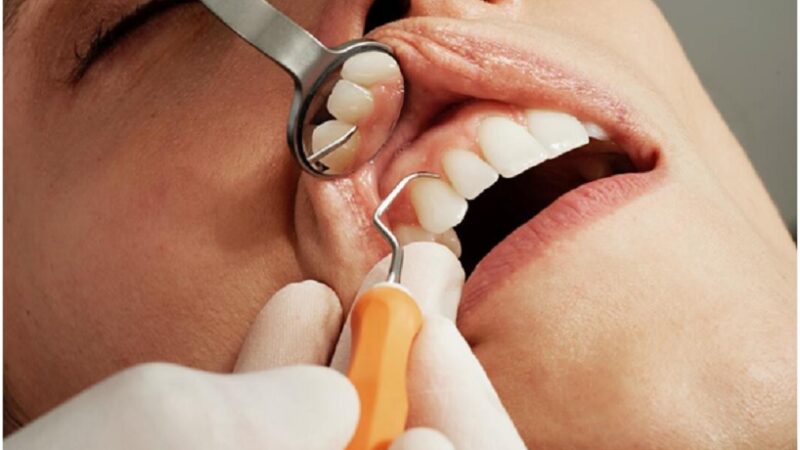At one time or another, everyone experiences a tragedy of some form. The tragedy can involve trauma of family members moving across the country or the loss of a loved one; making life unbearable. Unfortunately, people may misinterpret grief as major depression and in other situations, ignore the signs of major depression for grief.
Is grief the same thing as major depression?
According to the National Institute of Mental Health (NIMH), major depression is characterized by chronic and persistent feelings of worthlessness, sadness, and helplessness, lasting for a minimum of at least 2 weeks. Whereas grief, also known as bereavement, is the period of mourning after a loved one. “When you grieve, it’s part of the normal process of reacting to a loss,” reports MedlinePlus.com.
Unlike depression, many people deal with grief in a personal way, and there are common stages of mourning throughout any grief response. However, grief can gradually grow worse and become depression, when left unchecked. An individual experiencing grief will not automatically develop depression, but can still have issues adjusting to life after the traumatic experience.
When grief is left unchecked
People may have trouble coping with grief and develop an adjustment disorder as a result. MedlinePlus.com describes an adjustment disorder as, “a group of symptoms, such as stress, feeling sad or hopeless, and physical symptoms that can occur after you go through a stressful life event.”Although a loved one’s passing is the most common trigger of grief and adjustment disorders, other causes may include:
- Divorce or problems with a relationship
- Illnesses or major medical issues
- Moving to a different home or different city
- Experiencing unexpected catastrophes, such as during a time of war
- Extreme emotional concerns and worries about money
While effective treatment for both adjustment disorder and major depression involve different methods, both require a full knowledge of what events led to the current state of mental health in a patient. For adjustment disorders, the symptoms may include the following:
- Exhibiting impulsive behaviors
- Intense feelings of sadness
- Withdrawal from others
- Unexplained physical illnesses
- Tremors, shaking, or trembling
- Feeling nervous or agitated
For an individual to be diagnosed with an adjustment disorder, he or she needs to develop symptoms after the stressor occurs. These symptoms need to be more severe, lasting longer than the expected period of bereavement. Since each individual grieves in different ways, a medical professional needs to diagnose if the grief is normal for the individual or if it is an adjustment disorder.
The possible treatment of grief
The treatment of an adjustment disorder holds similarities with treatment of major depression. As explained by the NIMH, antidepressants and psychotherapy are the most effective forms of treating depression. To treat an adjustment disorder and continue a healthy lifestyle, MedlinePlus.com recommends, cognitive behavioral therapy, which, “can help you identify or change your responses to the stressors in your life.”
In some cases, treatment of an adjustment disorder may include a form of medication along with the talk therapy. It is important to note that each individual is unique and should, therefore receive treatment based on their needs and condition. However, the grieving process of a loved one is misunderstood and believed to only take a few days at best.
An individual should not be expected to return to a normal and happy life after a traumatic loss. The bereavement period can lead to depressive symptoms and eventually lead to major depression, if not treated. Do not continue to struggle each day with grief or depression. There are treatment programs to help lead one on the path to a healthy future.








